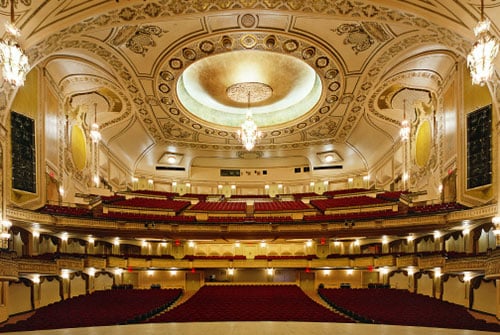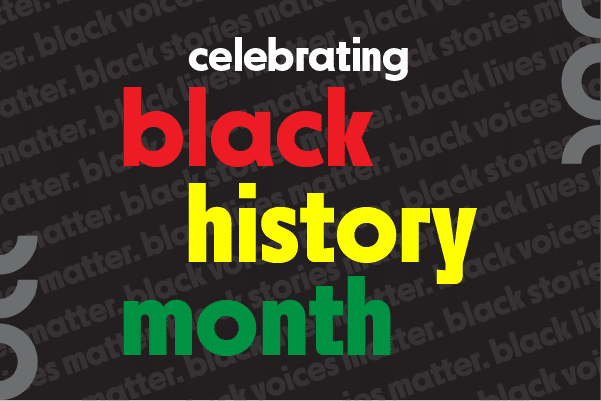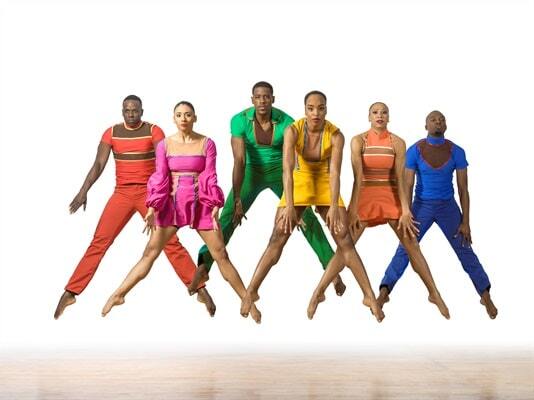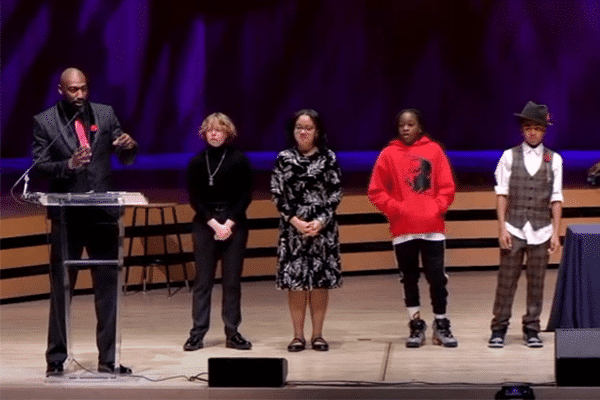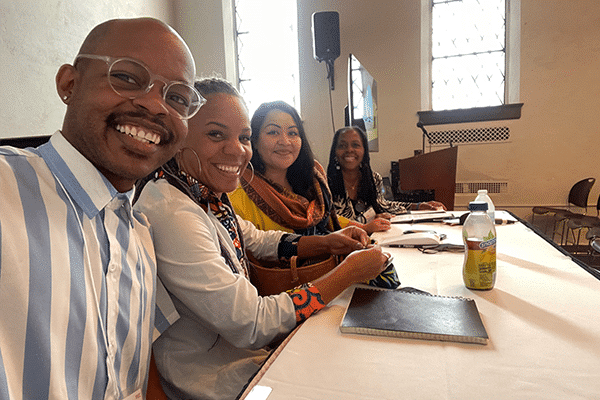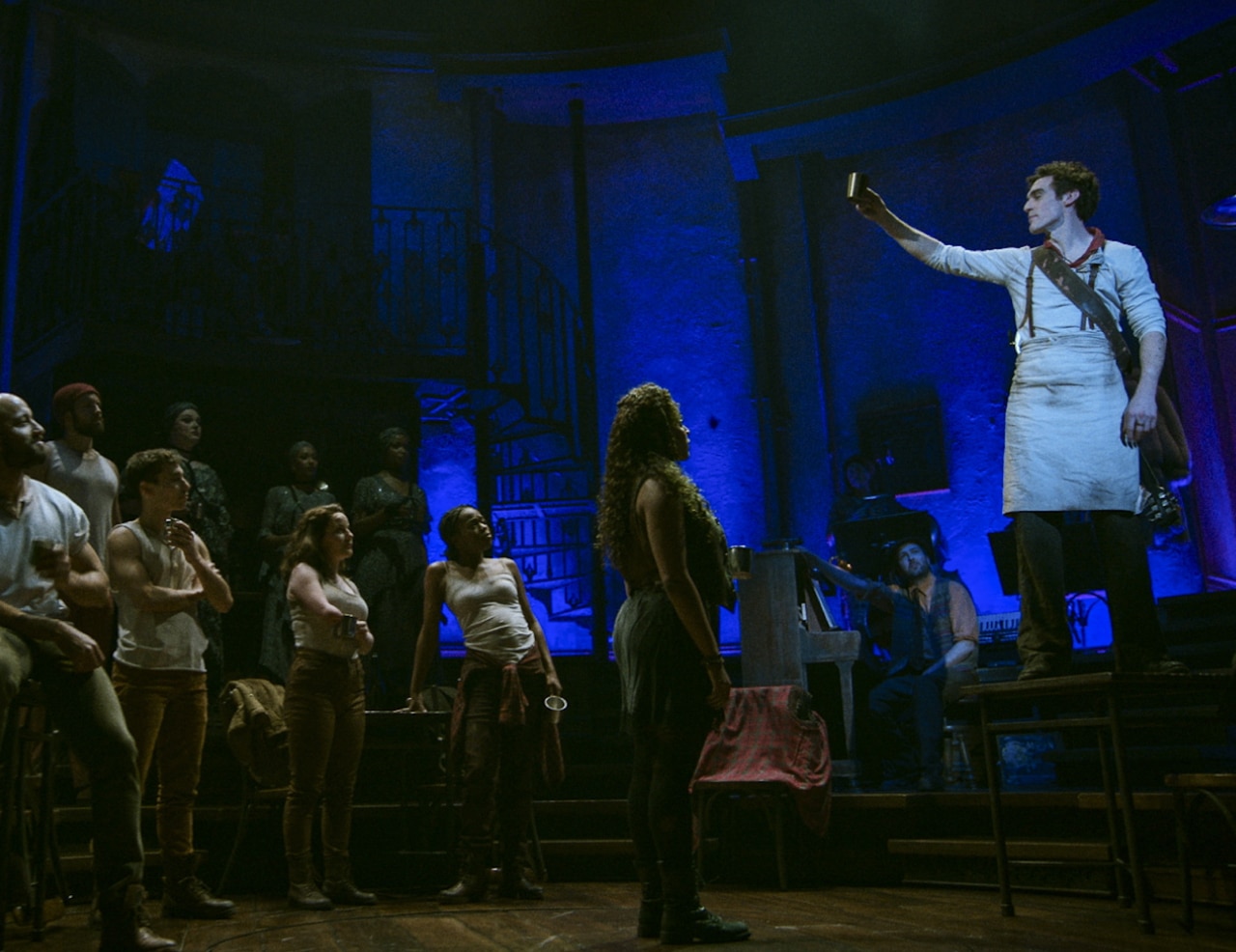Black History Month is an annual celebration of African Americans’ achievements and a time for recognizing their central role in U.S. history. As we highlight Black Americans’ contributions, we’re going to reflect on some performances and events at Omaha Performing Arts. As we look back on influential artists who have shaped our community, this reflection is a brief list of creatives and their impact on theater, dance, blues/jazz and photography.
Theater
African American music, dance, arts, fashion, literature and theater took center stage in Harlem, New York, during the 1920s and 1930s. This era was known as the Harlem Renaissance and impacted Black culture worldwide. African American writers and artists began taking control of Black representation in music, theater, literature and visual arts. Some notable writers during the era include Zora Neale Hurston and Langston Hughes. Hughes’s 1935 play “Mulatto” won wide acclaim, becoming a Broadway hit. Other artists who used their work to celebrate Black culture include actor Paul Robeson, jazz musician Duke Ellington, and dancer and singer Josephine Baker, to name a few
The Harlem Renaissance laid the groundwork for playwrights and authors like August Wilson. Wilson’s “The Pittsburgh Cycle” is known as one of his greatest achievements. Also called the “Century Cycle,” the piece is a series of ten plays that chronicle 20th century Black American life. The 1983 play “Fences” won a Pulitzer Prize and Tony® Award. Wilson’s plays are performed across small and large stages across the U.S.
Actors from Omaha, Raydell Cordell III, Kathy Tyree, Tyrone Beasley, and his father, John Beasley, have all participated in a Wilson production. The four actors gathered during a panel discussion at O-pa in October 2020 to reflect on the play and movie adaptation of “Fences.” Seeing the four actors discuss Wilson’s work and their involvement in his productions is a great testament to the legacy and impact of Black artists. You can watch the discussion on O-pa’s Facebook or YouTube page.


